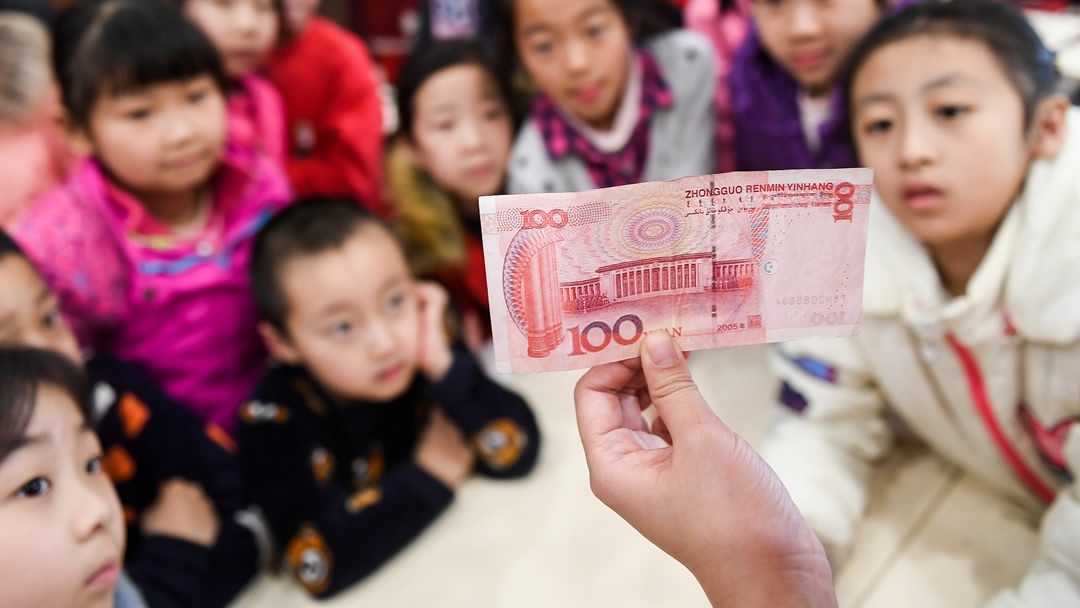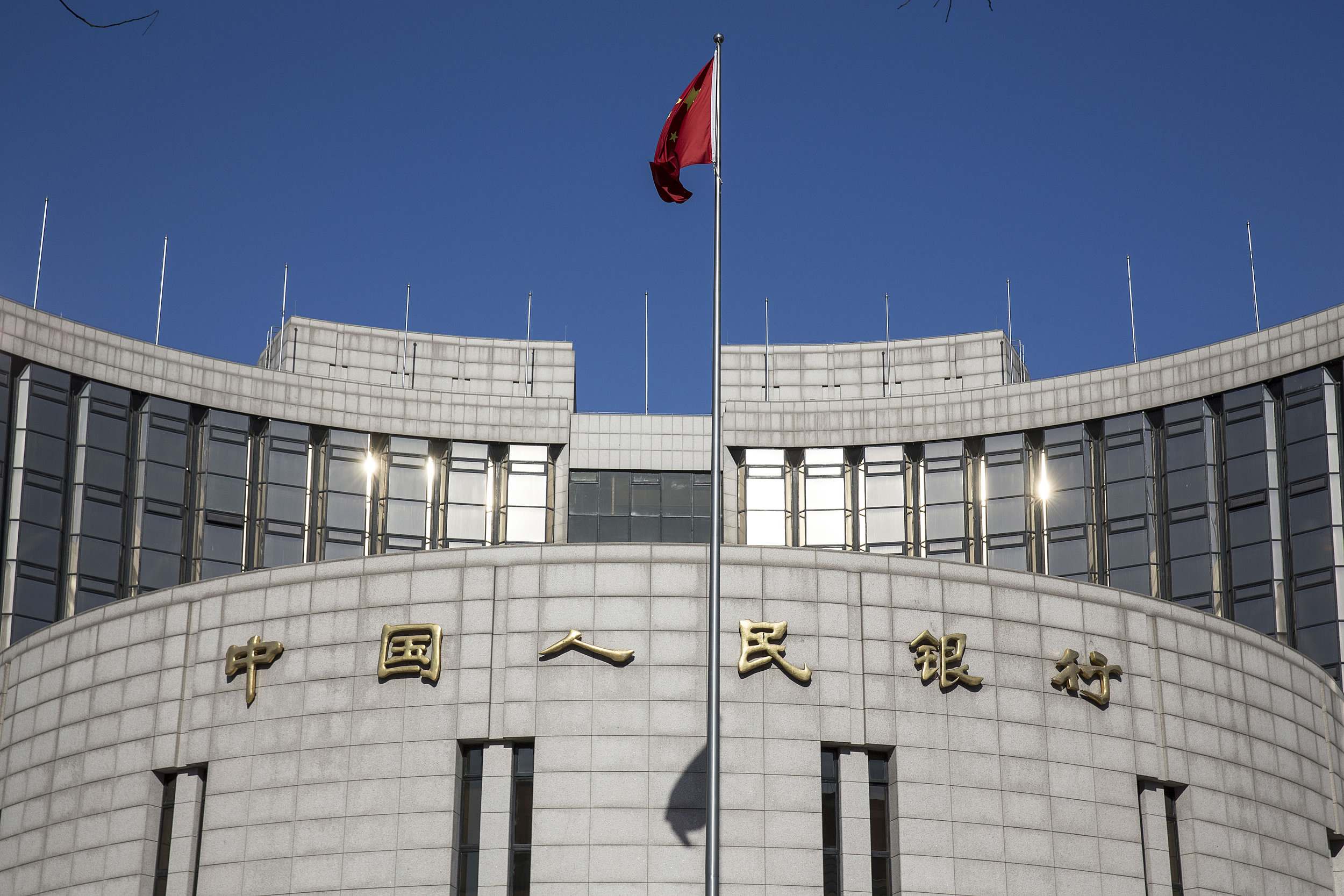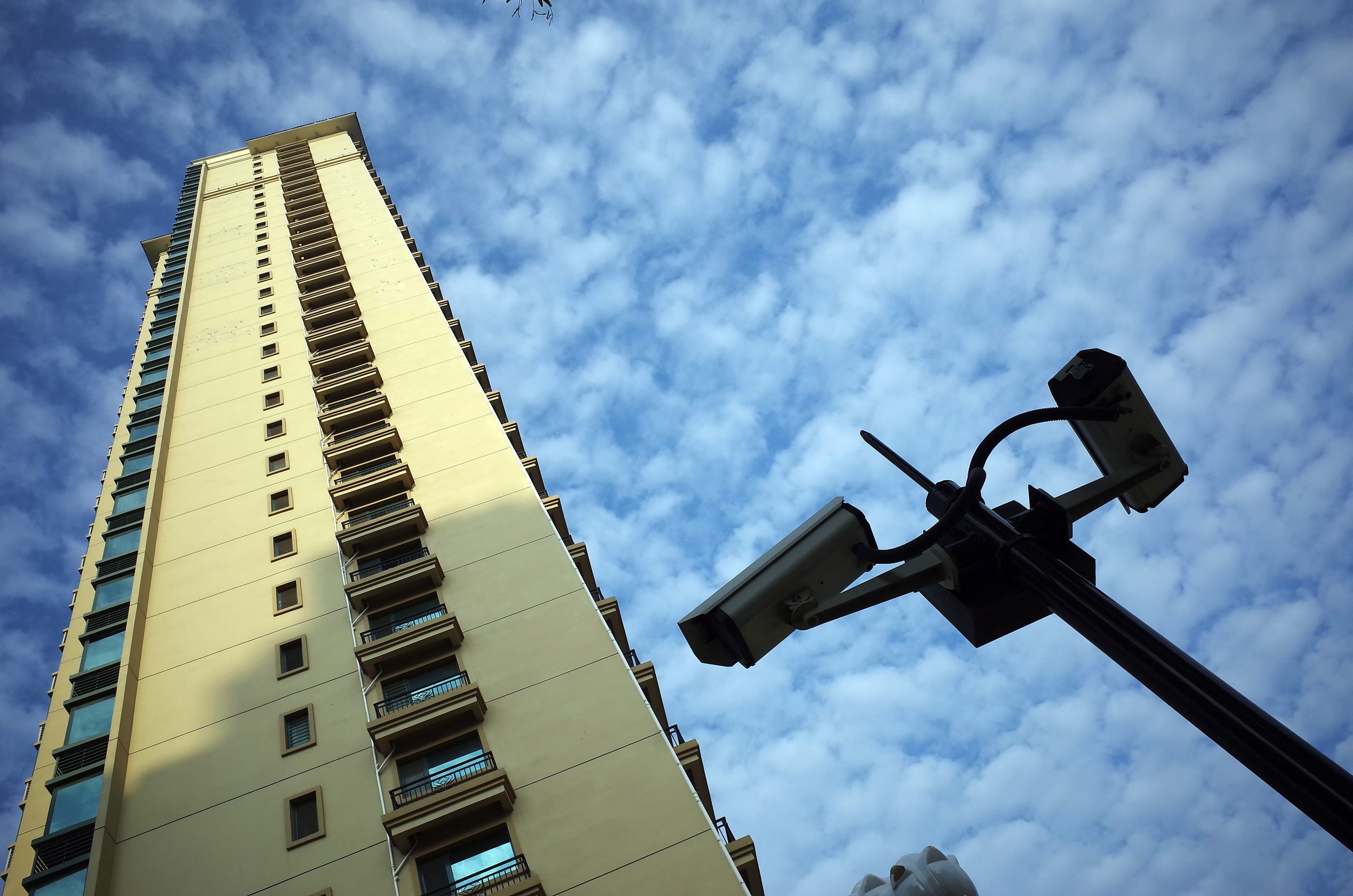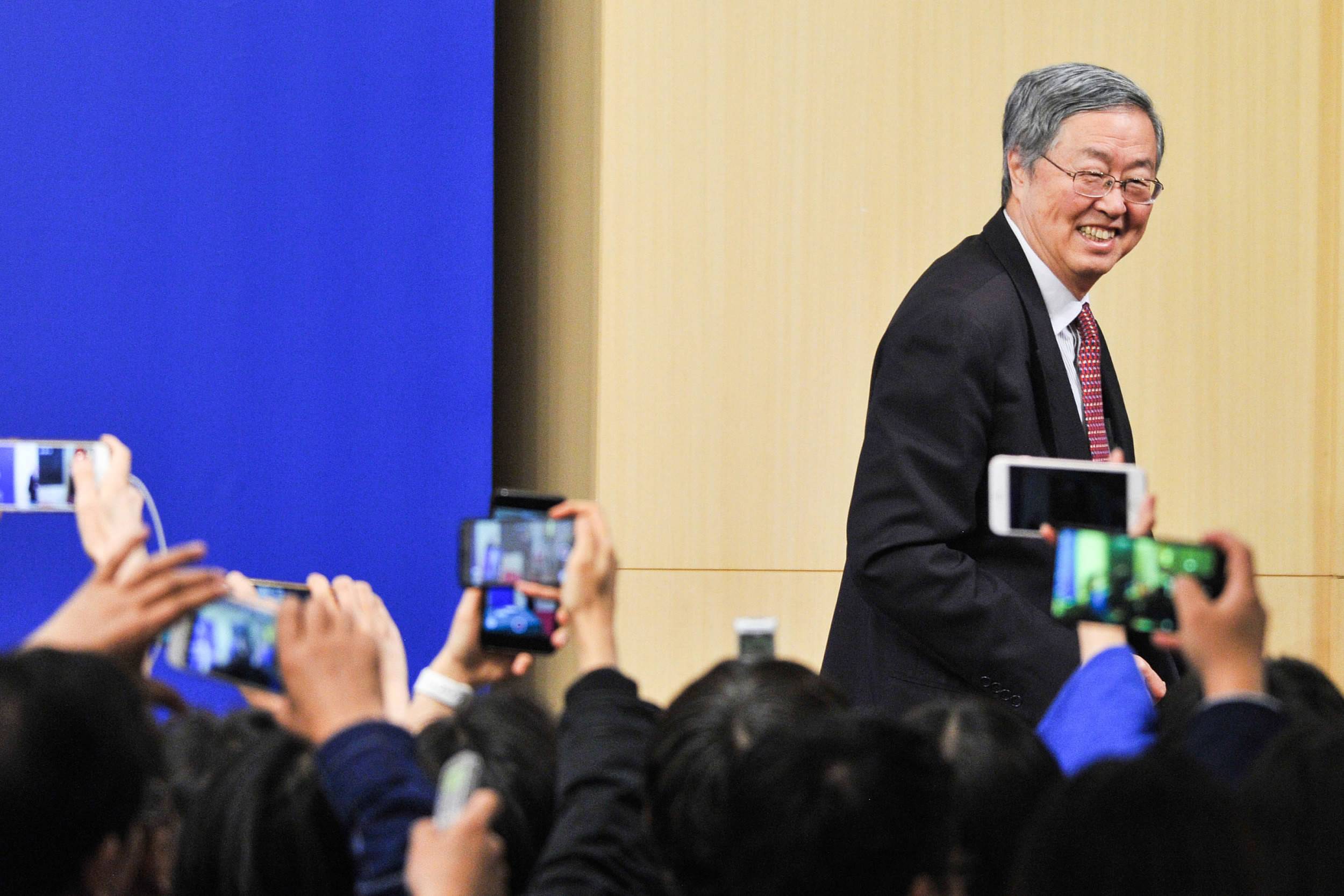
Business
11:59, 10-Mar-2018
Reporter’s Diary: Time to step out from under 'mom’s' wing
CGTN's Yang Di

Every now and then, a fuss about what a modern Chinese mother's role should be, surfaces to claim column inches. The debate can be triggered by anything, whether it's spoiled children or unorthodox parenting methods.
Yet the argument seems to have changed very little in the way Chinese moms are stereotyped. In the public discourse, they remain “overprotective,” regularly going out of their way to keep their kids under their wings and are in constant standby to come to rescue.
Maybe this is what Chinese investors are hoping for with the People’s Bank of China (PBOC), the country’s central bank, when they call it “central mom” or “Yang Ma.”
The nickname’s history is a bit vague. Its reference to the PBOC’s ability to nurse the economy by increasing money supply, suggests a birth at a moment of crisis when China’s economy was in dire need of liquidity.
The chilling ripple across China’s stock markets in mid-2015 definitely helped hammer home the warm connotation associated with the phrase – at least among panicked investors who were assuaged by the central bank's move to cut the reserve-deposit ratio.
On Chinese social networks as well as some serious media reports, the term has become a byword for the central lender.

The People's Bank of China /VCG Photo
The People's Bank of China /VCG Photo
When financial turmoil threatens to dry up market liquidity, central banks around the world are expected to follow the same policy line: expanding balance sheets to keep the economy afloat. Throughout 2015, the Chinese central bank made five interest rate cuts to that end, not to mention its efforts to pre-empt a hard landing since 2008.
Lending of last resort (LOLR), or the central bank's credit, does sound like parents allowing bankrupt children to tap into their life savings. When commercial banks are shuddering at the thought of opening their vaults in the event of a financial freeze, who else can they pin their hopes on? Who else can set aside short-term losses and reach into their pockets? With lenders cautioning of a correction, desperate investors such as those who had heavily leveraged and bet on Chinese stocks in 2015, would be no less thankful for the central bank’s capital injection that would lend them a new lease of life. It felt as if it was love from mom – unconditional and eternal.
Credit has been flooding into the market and stabilizing China’s annual growth at above six percent since 2015. Following the interest rate cuts, the illusion of a prolonged “central mom’s love” had been stoked by many. A textbook carnival of rising property prices and piling debts ensued. The former came to an end with a government-led campaign to cut inventory, the latter has led to a dangerous addiction to cheap loans among companies and local governments that have realized that they needed to borrow for paybacks. Turns out it takes longer to neutralize the addiction.

Housing remains a thorny issue in the world's second largest economy. /VCG Photo.
Housing remains a thorny issue in the world's second largest economy. /VCG Photo.
Among the most chilling warnings to addicted borrowers about the timeframe of “central mom’s love” is the interest rate raise by the US Federal Reserve in December 2016. The Chinese firms that signed for yuan loans with borrowed cheap US dollars were on edge. Anticipating more interest rate hikes from the Fed in 2017, they swarmed to convert cheap yuan into soon-to-be-expensive dollars, precipitating the existing capital outflow.
On the other hand, the rising borrowing level has inevitably worn thin the income-debt ratio, stimulating borrowers to rake in more loans to manufacture goods that may have already saturated the market, enlarging a mismatch between what it can offer and what local consumers actually want to pay for. To address this issue, the central government is determined to reshape the manufacturers with a national supply-side reform that is channeling industrial capacity to catering for the needs.
Despite the pros and cons of LOLR, it’s naive to think that the Chinese market veterans would be childish enough to believe in the sentimental subtext infused in the term, and to ignore the central government work report’s wording of its monetary policy: “neutral.” The problem lies with the addictiveness of cheap loans, which reflects nothing but a cold, yet inaccurate calculation on the part of some borrowers.

Zhou Xiaochuan, the governor of China's central bank, at a press conference on March 9, 2018 VCG Photo
Zhou Xiaochuan, the governor of China's central bank, at a press conference on March 9, 2018 VCG Photo
Zhou Xiaochuan, the PBOC’s governor, said at a press conference on Friday during China’s ongoing legislative meetings that the world’s second largest economy has entered a stage of stabilizing leverage ratio and is gradually reducing it. According to the Ministry of Finance, the country's debt-to-GDP ratio has decreased to 36.2 percent by the end of 2017 from 36.7 percent in 2016, dipping below the international alert line of 60 percent.
Now that the Chinese government has shown no fear in improving the efficiency of its economy at the cost of GDP, these zombie players in the market should start fearing if they haven’t.
Although government policy has nothing to do with mom’s affection, it could be enlightened by parental discipline – if children have come out of their turbulent puberty, maybe it’s time to cut the unconditional care and let the harsh reality beat them into better shape.

SITEMAP
Copyright © 2018 CGTN. Beijing ICP prepared NO.16065310-3
Copyright © 2018 CGTN. Beijing ICP prepared NO.16065310-3